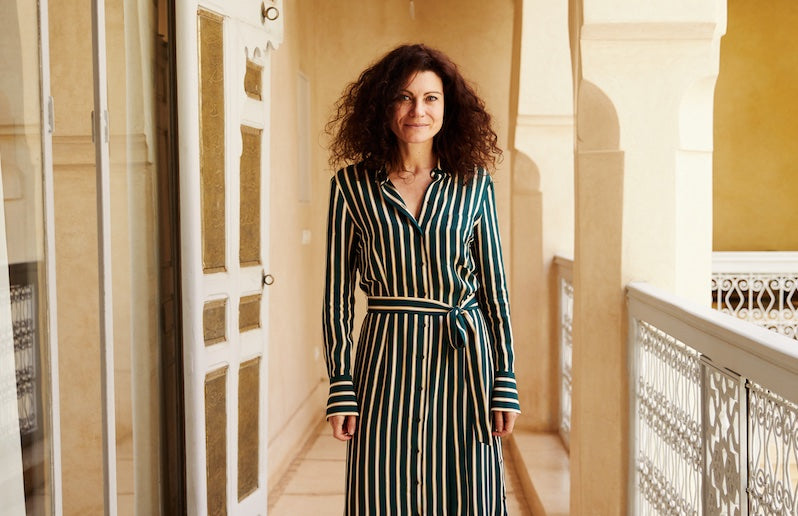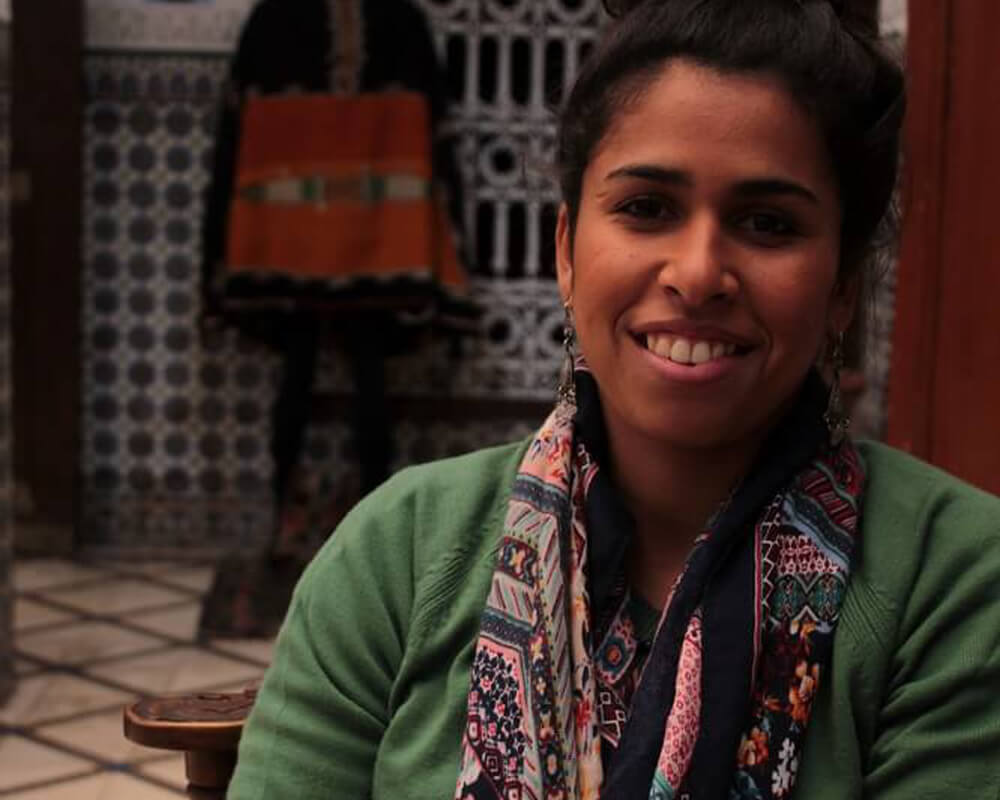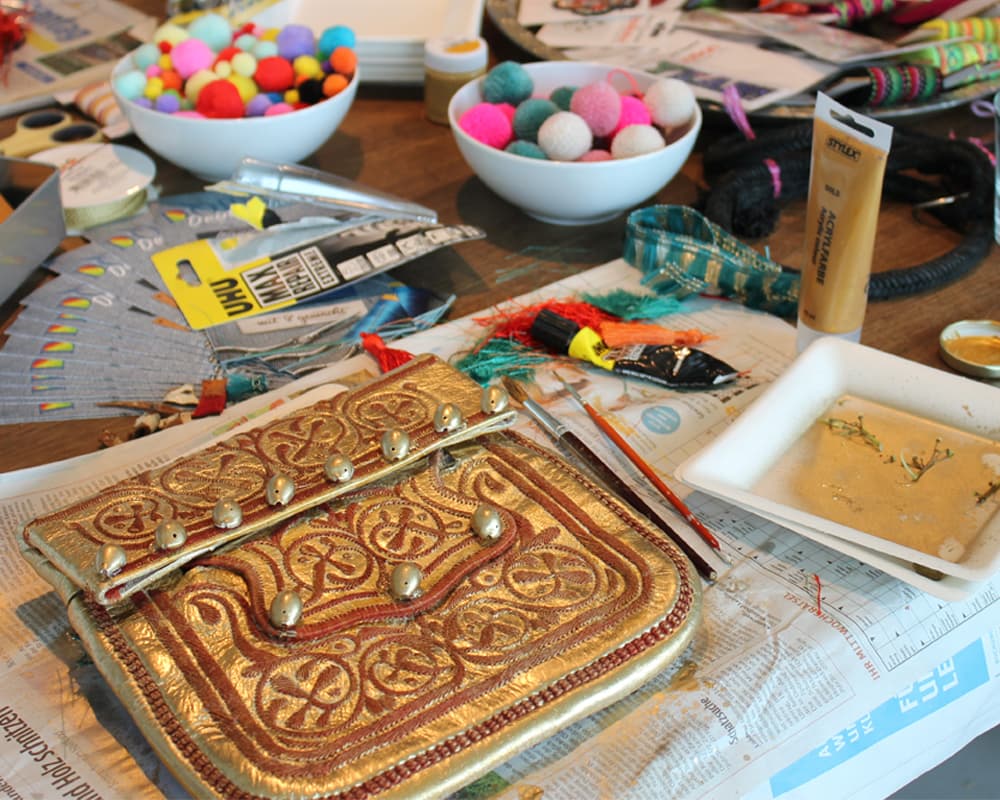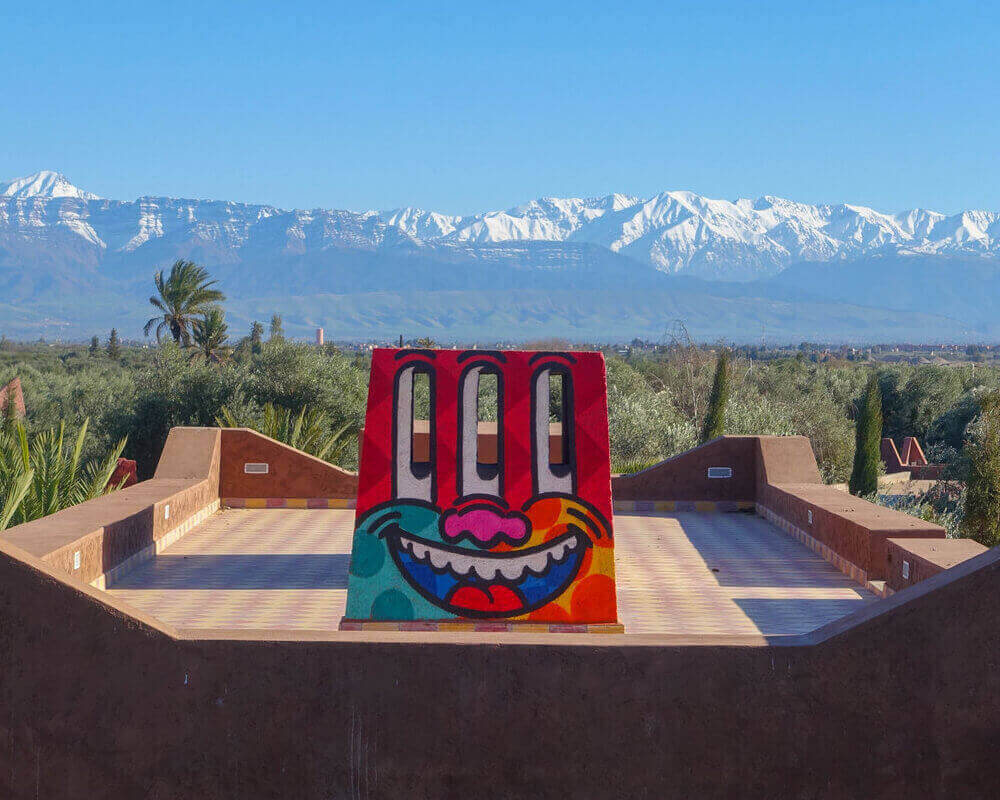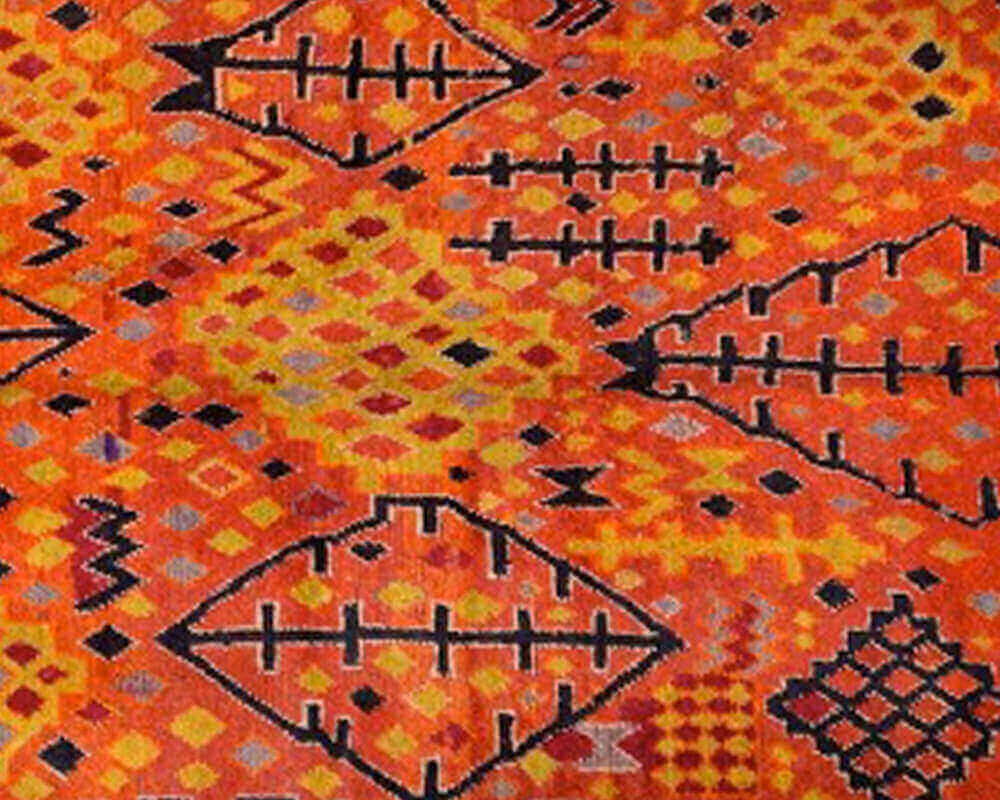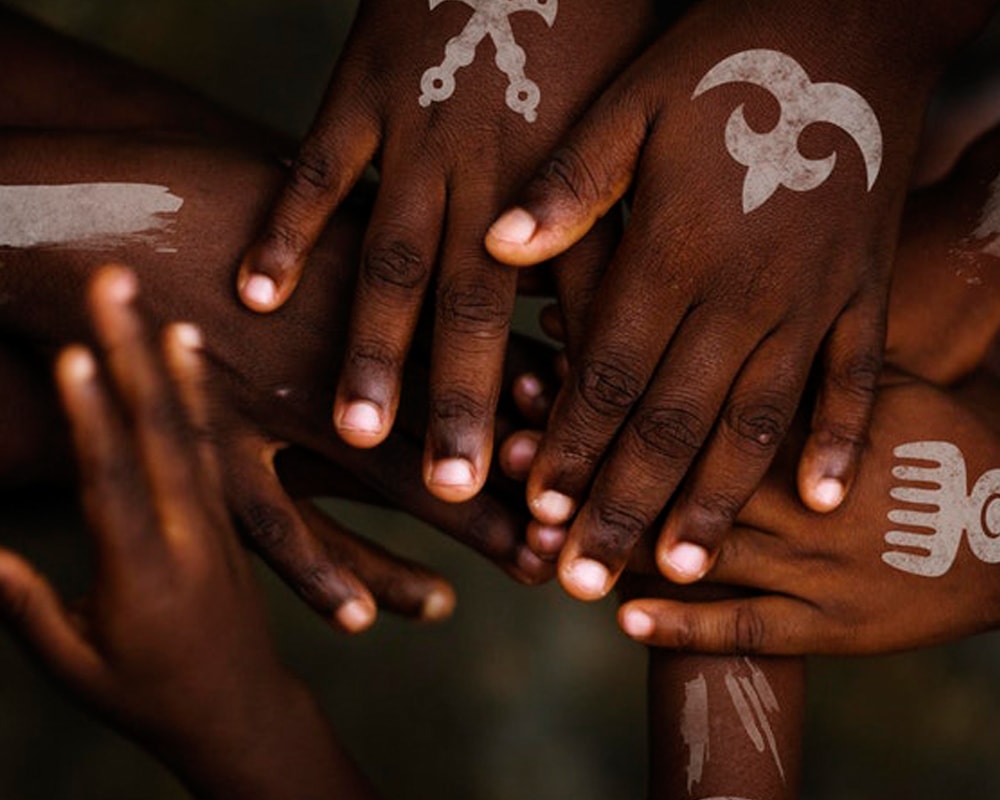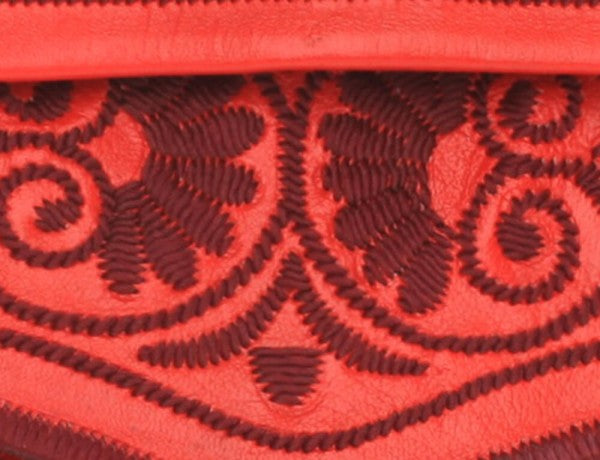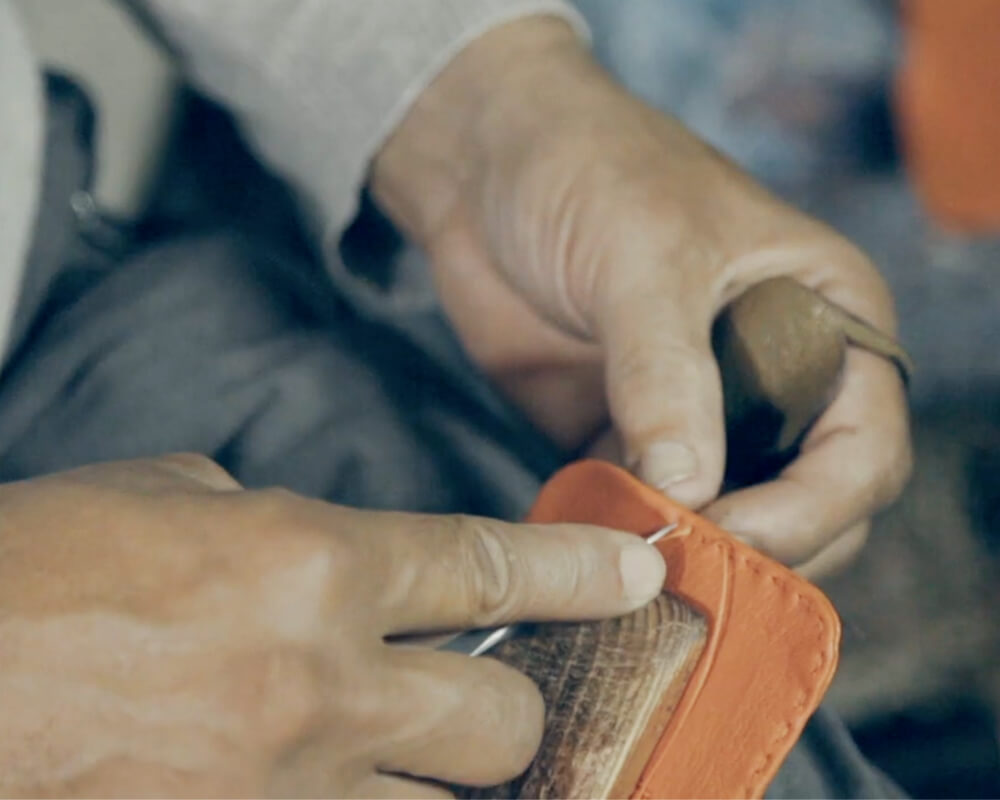Geschichten hinter den Kulissen
ABURY Blog
Die Weekender Tasche für urbane Nomaden: Der ABURY Shopper aus Leder
Ein Ort voller Wunder: Mein zweites Zuhause, Marrakesch
Tagua-Nuss-Schmuck: Nachhaltige Schmuckkunst aus Ecuador
Das Tagua-Armband im Fokus: Die Einzigartigkeit von Tagua Nüssen
Unsere Tagua-Armbänder, inspiriert von der Natur, verbinden Nachhaltigkeit und traditionelles Handwerk. Entdecke die Schönheit und Geschichte hinter diesem einzigartigen Naturschmuck!
Es war einmal eine Berber Tasche – Wie alles begann
Influencerinnen tragen ABURY: Kreative Looks für nachhaltige Mode
ABURY trifft Soraya Cedeno: Die Designerin der Tagua-Armbänder
Der ABURY Shopper im Fokus: Dein nachhaltiger Begleiter für jedes Ziel
ABURY trifft Monsieur Omar: Einen Meister des marokkanischen Kunsthandwerks
Zwischen Arganbäumen und Atlantikwellen: Die Provinz Essaouira entdecken
ABURY trifft Maha Alouani: Die Expertin für marokkanisches Kunsthandwerk und Kultur
Maha Alouani, Direktorin des Heritage Museum in Marrakesch, teilt ihre Leidenschaft für Kunsthandwerk, Kultur und die verborgenen Geschichten hinter marokkanischen Traditionen. Ein Blick hinter die Kulissen marokkanischen Erbes.
Upcycling von Vintage Taschen: Marokkanische Handwerkskunst trifft Berliner Kreativität
Die Top 7 Orte, um Street Art in Marrakesch zu finden
Die Faszination Marokkos: Ein Einblick in die kulturelle Identität des Landes
Die vielfältigen kulturellen Einflüsse Marokkos verbinden Vergangenheit und Gegenwart und verleihen der marokkanischen Kultur ihre Einzigartigkeit und Tiefe. Ein Blick auf das faszinierende Erbe, das Marokko zu einem wahren Schatz für Kunst- und Kulturliebhaber macht.
Wanderlust: 5 Gründe, warum das Eintauchen in neue Kulturen das größte Reiseerlebnis ist
Das Eintauchen in neue Kulturen ist mehr als nur ein Abenteuer – es erweitert den Horizont, schafft Verbindungen über Grenzen hinweg und fördert persönliches Wachstum. Fünf Gründe, warum kulturelle Erlebnisse die wertvollsten und bereicherndsten Erinnerungen jeder Reise sind.
Fünf Orte, um Einheimische in Essaouira, Marokko, kennenzulernen
Alte Marokkanische Türen: Eine Geschichte von Demut und Respekt
Alte marokkanische Türen erzählen Geschichten von Gastfreundschaft und traditionellen Werten, die das tägliche Leben prägen und Besuchern einen faszinierenden Einblick in die marokkanische Lebensweise geben.
Die Bedeutung von Fußball in Marokko: Eine Geschichte von Stolz, Bildung und Wandel
ABURY trifft Yannick Hervy: Der Designer hinter der ikonischen Berber-Kollektion von ABURY
Designer Yannick Hervy entwarf die erste Kollektion der Berber-Taschen für ABURY und verhalf diesem Handwerk zu neuem Leben. In diesem Interview spricht er darüber inwiefern die Zusammenarbeit mit ABURY eine Brücke zwischen traditionellem Handwerk und zeitgenössischem Design schlug.
Die ABURY Berber Tasche im Fokus: Ein Meisterwerk aus Tradition und Leidenschaft
Die ABURY Berber Tasche vereint traditionelles Handwerk mit modernem Design. Aus Ziegenleder und Kaktusseide gefertigt, erzählt sie die Geschichte der Berber-Kultur und unterstützt Handwerker im marokkanischen Atlasgebirge.
Marokkanisches Erbe bewahren: Die faszinierende Welt der Handstickerei mit Kaktusseide
Urlaub in Marokko: 11 Orte, die jeder Reisende in Marokko besuchen sollte
Geheimnisse des Südens: Eine Reise in die marokkanische Sahara Wüste



